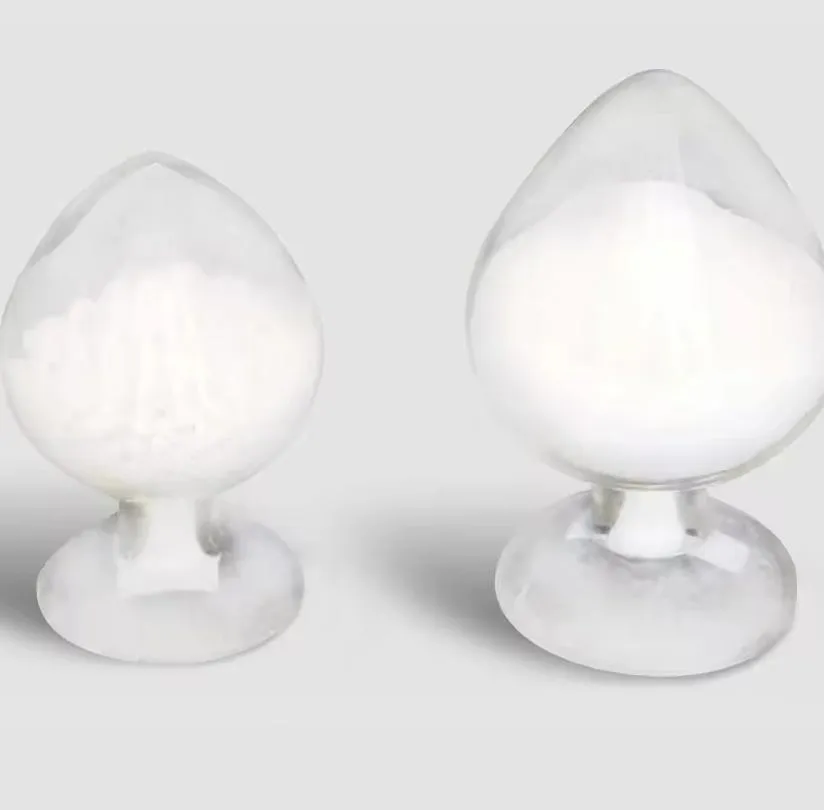Warning: Undefined array key "title" in /home/www/wwwroot/HTML/www.exportstart.com/wp-content/themes/1198/header.php on line 6
Warning: Undefined array key "file" in /home/www/wwwroot/HTML/www.exportstart.com/wp-content/themes/1198/header.php on line 7
Warning: Undefined array key "title" in /home/www/wwwroot/HTML/www.exportstart.com/wp-content/themes/1198/header.php on line 7
Warning: Undefined array key "title" in /home/www/wwwroot/HTML/www.exportstart.com/wp-content/themes/1198/header.php on line 7
- Afrikaans
- Albanian
- Amharic
- Arabic
- Armenian
- Azerbaijani
- Basque
- Belarusian
- Bengali
- Bosnian
- Bulgarian
- Catalan
- Cebuano
- China
- China (Taiwan)
- Corsican
- Croatian
- Czech
- Danish
- Dutch
- English
- Esperanto
- Estonian
- Finnish
- French
- Frisian
- Galician
- Georgian
- German
- Greek
- Gujarati
- Haitian Creole
- hausa
- hawaiian
- Hebrew
- Hindi
- Miao
- Hungarian
- Icelandic
- igbo
- Indonesian
- irish
- Italian
- Japanese
- Javanese
- Kannada
- kazakh
- Khmer
- Rwandese
- Korean
- Kurdish
- Kyrgyz
- Lao
- Latin
- Latvian
- Lithuanian
- Luxembourgish
- Macedonian
- Malgashi
- Malay
- Malayalam
- Maltese
- Maori
- Marathi
- Mongolian
- Myanmar
- Nepali
- Norwegian
- Norwegian
- Occitan
- Pashto
- Persian
- Polish
- Portuguese
- Punjabi
- Romanian
- Russian
- Samoan
- Scottish Gaelic
- Serbian
- Sesotho
- Shona
- Sindhi
- Sinhala
- Slovak
- Slovenian
- Somali
- Spanish
- Sundanese
- Swahili
- Swedish
- Tagalog
- Tajik
- Tamil
- Tatar
- Telugu
- Thai
- Turkish
- Turkmen
- Ukrainian
- Urdu
- Uighur
- Uzbek
- Vietnamese
- Welsh
- Bantu
- Yiddish
- Yoruba
- Zulu
Οκτ . 15, 2024 22:00 Back to list
Production Techniques and Innovations in Adipic Acid Manufacturing Process
The Manufacture of Adipic Acid A Comprehensive Overview
Adipic acid is a vital chemical compound extensively used in the production of various products, particularly in the manufacture of nylon, polyurethanes, and as a food additive. This dicarboxylic acid, with the chemical formula C6H10O4, plays a crucial role in the chemical industry due to its versatile applications. Understanding its manufacture entails a close examination of both traditional and modern methods, environmental considerations, and future trends.
Traditional Methods of Production
Historically, adipic acid was primarily synthesized through the oxidation of cyclohexane. The conventional route involves several steps
1. Oxidation of Cyclohexane Cyclohexane is oxidized using oxygen (often air) in the presence of nitric acid. This process generates a mixture of compounds, including cyclohexanol and cyclohexanone. 2. Nitro Adipic Acid Formation The mixture undergoes a series of reactions, where nitric acid further oxidizes the cyclohexanol and cyclohexanone to form adipic acid along with nitrogen oxides as byproducts.
3. Separation and Purification After the synthesis, adipic acid is separated from the reaction mixture through crystallization and filtration, followed by purification processes to remove impurities.
While effective, this method has significant drawbacks, primarily concerning environmental impacts. The generation of nitrogen oxides (NOx) during this process poses a serious risk, contributing to air pollution and acid rain.
Modern Production Techniques
Due to the environmental regulations and the push for sustainable chemistry, newer methods for adipic acid production have gained attention. One promising alternative is the biotechnological route utilizing microbial fermentation. This method relies on microorganisms to convert renewable resources like glucose or plant biomass into adipic acid, showcasing a more eco-friendly approach.
1. Biological Conversion Specific strains of bacteria can utilize glucose to produce adipic acid through fermentation processes. This method not only reduces the carbon footprint associated with traditional production but also makes use of renewable resources.
2. Catalytic Processes Another innovative approach involves the catalytic conversion of biomass-derived chemicals. This process typically employs metal catalysts to facilitate the conversion of sugars or lignocellulosic material into adipic acid, allowing for higher efficiency and selectivity.
manufacture of adipic acid

Environmental Considerations
The growing emphasis on sustainability has led to significant research into minimizing the environmental impacts of adipic acid production. Regulation and public awareness around chemical manufacturing processes have catalyzed the interest in greener production methodologies. Notable environmental benefits of alternative methods include
- Reduced Carbon Emissions The transition to renewable feedstocks reduces reliance on fossil fuels and lowers greenhouse gas emissions associated with traditional manufacturing.
- Minimized Waste Production Biotechnological methods often generate less hazardous waste, contributing to lower treatment costs and reduced environmental risks.
Future Trends and Innovations
As the market for adipic acid continues to expand, driven by its applications in automotive, textiles, and consumer goods, ongoing innovations are vital. Some notable trends shaping the future of adipic acid manufacture include
1. Advancements in Biotechnology Continued research into genetically modified microorganisms holds the potential for enhanced yield and productivity in biotechnological pathways.
2. Circular Economy Adipic acid production could integrate principles of the circular economy, utilizing waste materials from other processes as feedstocks and thereby reducing industry waste.
3. Process Optimization Ongoing developments in catalysis and process engineering can make both traditional and alternative production methods more efficient and less resource-intensive.
Conclusion
The manufacture of adipic acid is at a crossroads, transitioning from traditional, environmentally harmful methods to innovative, sustainable alternatives. As industries worldwide adapt to stringent environmental regulations and consumer demand for greener products, the future of adipic acid manufacture appears promising. Ongoing research and development will be critical in shaping efficient methods that not only meet market needs but also align with sustainable practices. The focus on biotechnological innovations and process optimization is set to redefine the landscape of adipic acid production in the years to come.
Latest news
-
Certifications for Vegetarian and Xanthan Gum Vegetarian
NewsJun.17,2025
-
Sustainability Trends Reshaping the SLES N70 Market
NewsJun.17,2025
-
Propylene Glycol Use in Vaccines: Balancing Function and Perception
NewsJun.17,2025
-
Petroleum Jelly in Skincare: Balancing Benefits and Backlash
NewsJun.17,2025
-
Energy Price Volatility and Ripple Effect on Caprolactam Markets
NewsJun.17,2025
-
Spectroscopic Techniques for Adipic Acid Molecular Weight
NewsJun.17,2025

